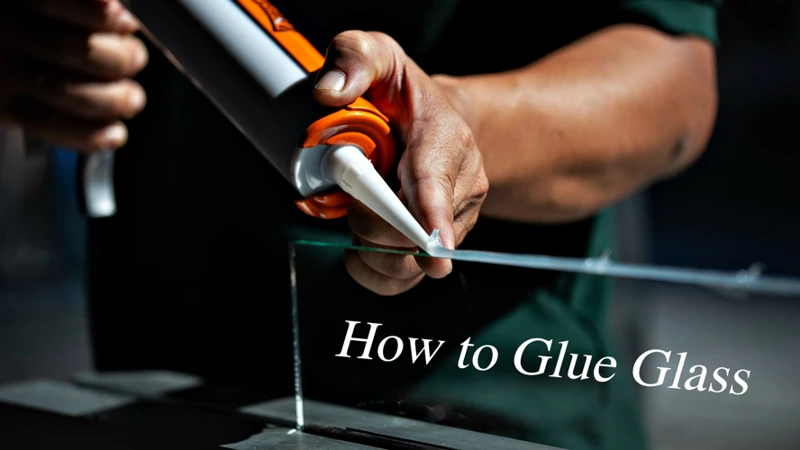In the realm of carpentry and woodworking, Titebond wood glue is lauded for its strong bonding properties. However, there may be instances when a project requires the reversal of this bond. Whether correcting a mistake or repurposing materials, knowing how to remove Titebond glue is a valuable skill. This article will guide you through the various techniques for Titebond wood glue removal, ensuring your woodworking projects maintain their integrity.
Understanding Woodworking Adhesive Removal
Woodworking adhesive removal is a delicate process that requires patience and precision. The goal is to dissolve wood glue or unglue wood joints without damaging the wood itself. This task can be daunting, but with the right approach and tools, it’s entirely feasible.
Preparation for Titebond Glue Removal
Assessing the Glued Area
Before attempting to remove Titebond glue, it’s crucial to assess the size and strength of the glued area. This initial evaluation will influence the method you choose and the tools you’ll require. Consider the wood type and the amount of adhesive to ensure that the most efficient technique is employed.
Tools and Materials Needed
To successfully remove Titebond glue, you’ll need a few essential tools and materials. These may include a putty knife, a heat gun or hair dryer, Titebond solvent, protective gloves, and safety glasses. It’s also wise to have clean cloths and a well-ventilated workspace.
Methods to Remove Titebond Glue
Mechanical Methods to Unglue Wood Joints
One of the first techniques to consider when looking to unglue wood joints is the mechanical method. This involves using a putty knife or chisel to gently pry apart the bonded pieces. It’s a straightforward approach but requires a steady hand to avoid any unintended marks or damage to the wood.
Using Titebond Solvent for Woodworking Tips
Titebond solvent is specifically formulated to tackle the robust adhesive qualities of their glues. Applying this solvent directly to the affected area can soften the glue, making it easier to scrape or wipe away. Always follow the manufacturer’s instructions for the safest and most effective use.
Heat Application to Dissolve Wood Glue
Applying heat is another effective method to dissolve wood glue. A heat gun or hair dryer can be used to warm the adhesive, causing it to lose its grip on the wood fibers. This method works well for larger surfaces and can significantly simplify the removal process.
Separating Glued Wood Pieces Safely
Detailed Steps for Separating Joints
Once you’ve chosen your method, proceed with separating the glued wood pieces. Start by applying the Titebond solvent or heat evenly across the joint. Then, carefully insert a putty knife or chisel into the seam and gently work the pieces apart. Patience is key to avoiding damage.
Precautions to Avoid Damage
When working on separating joints, always take precautions to protect the wood and yourself. Wear gloves and safety glasses, and place a buffer, like a thin piece of scrap wood, between the tool and the wood surface to prevent gouging.
Cleaning Up Titebond Glue Residue
Surface Cleaning Techniques
After successfully separating the pieces, you’ll need to address the remaining glue residue. Surface cleaning techniques, like using a damp cloth or sandpaper, can be effective. Be gentle to maintain the wood’s finish and integrity.
DIY Glue Removal Solutions
For those who prefer a homemade approach, DIY glue removal solutions can be quite effective. A mixture of vinegar and water, for instance, can loosen the adhesive without the need for harsh chemicals. Test any homemade solution on a small area first to ensure compatibility with the wood.
Finishing Up After Glue Removal
Sanding and Preparing the Wood
Once the glue is removed, the final step is to prepare the wood for its next use. Sanding the area smoothens the surface and readies it for finishing or repurposing. Always sand in the direction of the grain for the best results.
Additional Woodworking Tips for Post-Removal
As you finish up, consider other woodworking tips that can enhance your project. Treat the wood with a sealant or paint if desired, and always inspect the area for any remaining adhesive before moving forward.
Preventative Measures for Future Projects
Best Practices in Glue Application
To minimize the need for future adhesive removal, apply Titebond glue with care. Use just enough to create a bond, and wipe away excess glue immediately. Proper application reduces the likelihood of having to remove Titebond glue down the line.
How to Avoid Needing to Unglue Wood Joints
Planning and precision are crucial in woodworking. Ensure that your measurements and cuts are accurate before gluing and double-check alignments. By doing so, the chances of needing to unglue wood joints are significantly reduced.
Conclusion: Mastering Titebond Wood Glue Removal
Recap of Key Techniques
To remove Titebond glue, assess the area, choose the right tools, and select a removal method such as mechanical, chemical, or heat application. Clean up residue and finish by sanding and preparing the wood. With practice, the process becomes second nature.
If you’ve ever tackled a woodworking project, you might be familiar with the strength of Titebond wood glue. But what happens if you need to undo that bond? For insights on the adhesive power of this product, check out our article on how strong Titebond wood glue is. If you find yourself in a sticky situation and need to unglue something, you may want to read our guide on how to unglue nail glue, which can offer relevant tips for various adhesive challenges. Additionally, if your project involves different materials, like attaching Styrofoam to plastic, don’t miss our helpful tutorial on how to glue Styrofoam to plastic for effective bonding techniques.
Further Resources and Advice
For more in-depth guidance, consult Titebond’s official resources, join woodworking forums, or seek advice from experienced carpenters. With the right techniques and a bit of patience, you’ll master the art of Titebond wood glue removal in no time.


